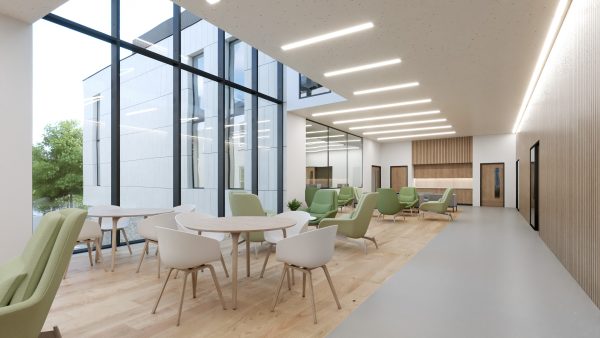From Vision to Impact: A 15-Year Journey Shaping the Future of Healthcare
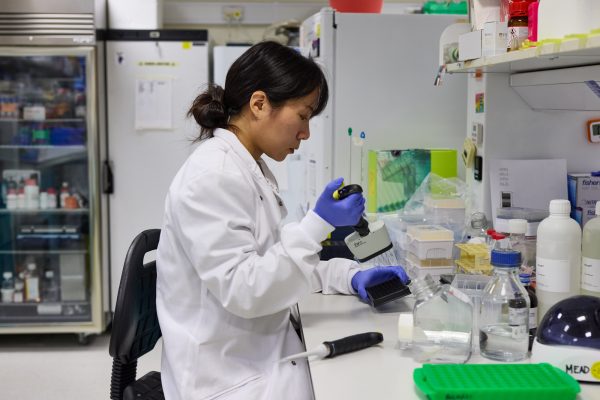
15 years ago, a shared vision between Bond Bryan and the University of Sheffield set the course for something greater than individual buildings — an estates framework designed to connect research with reality, and bring life-changing science to the people who need it most
In 2009, Bond Bryan partnered with the University of Sheffield to develop a comprehensive estates framework—laying the groundwork for user-centric, forward-thinking buildings aligned with the university’s net zero goals. But our ambition extended far beyond functional design.
From the beginning, our shared vision was to create a connected network of state-of-the-art facilities that would enable world-class research to translate directly into life-changing treatments. This was about accelerating discovery, bridging the gap between science and clinical care, and ultimately making a tangible difference in people’s lives.
Over the past 15 years, this vision has been brought to life through the design of pioneering life sciences facilities, each playing a critical role in advancing healthcare innovation. By fostering collaboration, accelerating research translation, and strengthening the link between discovery and treatment manufacture, these buildings form a powerful ecosystem that is shaping the future of medicine.
The University of Sheffield has long been a leader in advancing life sciences education and research. Through an enduring partnership, we’ve helped develop three key facilities that support this mission: the Sheffield Institute for Translational Neuroscience (SITraN), the Gene Therapy Innovation and Manufacturing Centre (GTIMC), and the upcoming Faculty of Health Phase 1 (FHP1).
These facilities, while excellent in their own right, together form something much more important—an ecosystem which brings life-changing treatment to those suffering from some of the most disruptive neurodegenerative diseases.
In 2019, SITraN was awarded the Queens Anniversary prize for research that has improved patient outcomes for people living with some of the most devastating neurodegenerative diseases.
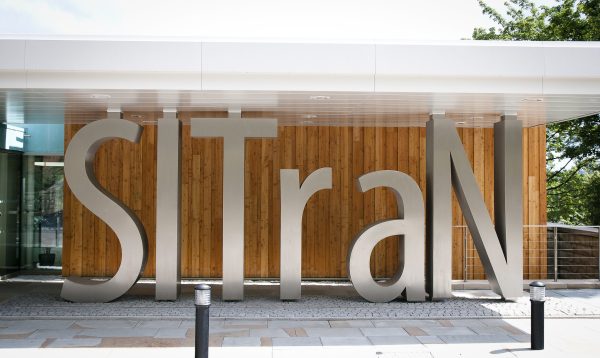
Sheffield Institute for Translational Neuroscience (SITraN): Pioneering Neuroscience Research
The Sheffield Institute for Translational Neuroscience (SITraN) was the first landmark development born from this framework. Designed to accelerate breakthroughs in neurodegenerative diseases such as Motor Neurone Disease, Alzheimer’s Disease, and Parkinsons Disease, this building brings together complex teams of researchers, clinicians, and industry experts in a highly collaborative space to facilitate groundbreaking discovery.
With state-of-the-art laboratories, dynamic shared spaces, and seamless intra-team connectivity, the facility is designed to support the earliest, most vital stages of research. Since it was built, SITraN has housed numerous breakthroughs, from small molecule drug therapies to gene and cellular therapies, multiple of which have successfully progressed into experimental use and demonstrated significant potential in treating these disorders.
“Having worked on MND for 15 years, I realised what a complex problem and difficult problem it is to really make progress for the benefits of patients…having multi-skilled teams under the same roof with clinicians and scientists talking to each other was really the way forwards”

Gene Therapy Innovation and Manufacturing Centre (GTIMC): Expanding the Reach of Advanced Therapies
Building on this foundation, our work continued with the Gene Therapy Innovation and Manufacturing Centre (GTIMC)—a high-spec manufacturing facility that supports the later stages of gene therapy development. As a key part of the national network for gene therapy innovation, GTIMC enables the scale-up and regulated manufacturing of lab-proven therapies, such as those conjured up at SITraN, transforming scientific breakthroughs into treatments ready for clinical trials.
As a unique asset to the University of Sheffield’s life sciences ecosystem, GTIMC works in conjunction with the other Life Science facilities to close the often-pervasive gap between discovery and replicable development methodologies and production. It also strengthens the region’s capabilities in biomanufacturing, proving training programmes to upskill researchers and address the shortage of expertise in Good Manufacturing Practice (GMP).
Unveiled by The Queen and The Princess Royal, SITraN and GTIMC stand key pillars of a nationally recognised effort to transform discovery into life-saving care for the UK and beyond.
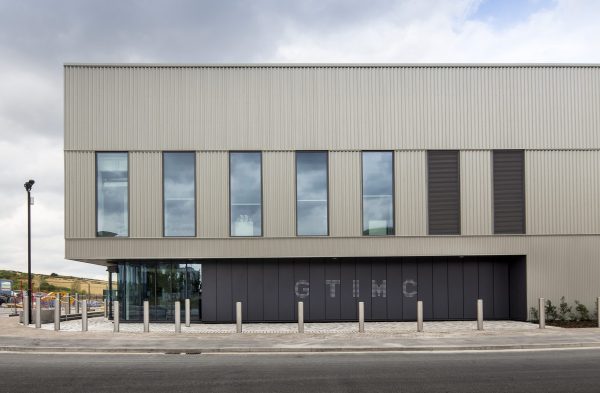
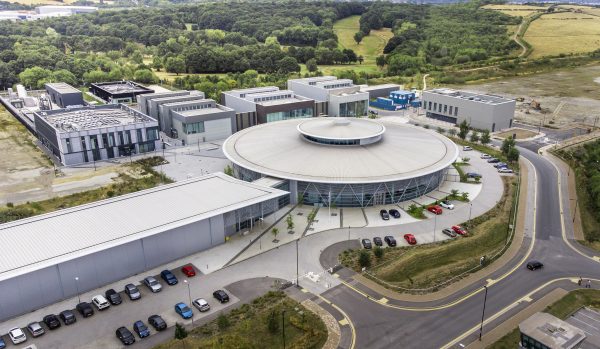
Faculty of Health Phase 1 (FHP1): Strengthening the Connection Between Research and Clinical Practice
Currently under construction, Faculty of Health Phase 1 (FHP1) will form another crucial part of the University’s life science ecosystem. Strategically positioned between SITraN and the Royal Hallamshire Hospital, it acts as the bridge between fundamental research and its clinical application.
FHP1 will bring researchers and clinicians together in a shared environment, enabling faster, more effective collaboration and information-sharing. This facility will not only support the university’s ambitions in translational health research, but also support the Hospital’s specialism as a hub of clinical training in Yorkshire. In doing so, it completes yet another a vital link, ensuring that the movement of pioneering discoveries to lifesaving treatment is frictionless.
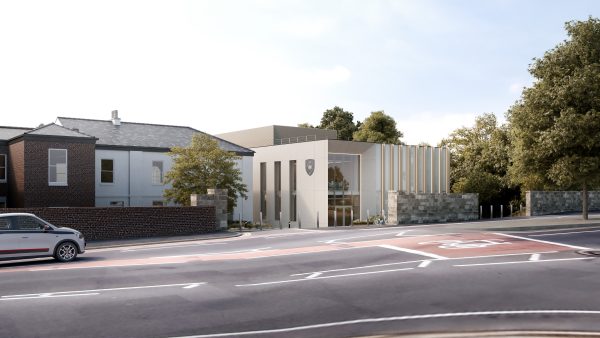
A Framework for Connectivity and Impact
What makes these projects truly significant is not just their individual impact but the way they form a larger ecosystem for life sciences research. SITraN focuses on discovery, GTIMC on treatment development, and FHP1 on bridging research and clinical care. Our role has been to design spaces that not only serve their immediate purpose but also facilitate these much bigger connections, creating a physically and intellectually connected environment where breakthroughs can happen faster and with greater reach.
By working closely with the University of Sheffield over the years, we have gained a deep understanding of the needs of researchers, clinicians, and patients alike. This understanding informs every design decision we make, ensuring that each facility is not just a building but a catalyst for progress.
The partnership between the University of Sheffield and Bond Bryan exemplifies how strategic planning and close, sustained relationships can be a critical component unlocking the full potential for progress.
As we look to the future, we are excited to continue shaping spaces that work on a deeper level to enable progress, and ultimately, make a meaningful difference in people’s lives.
